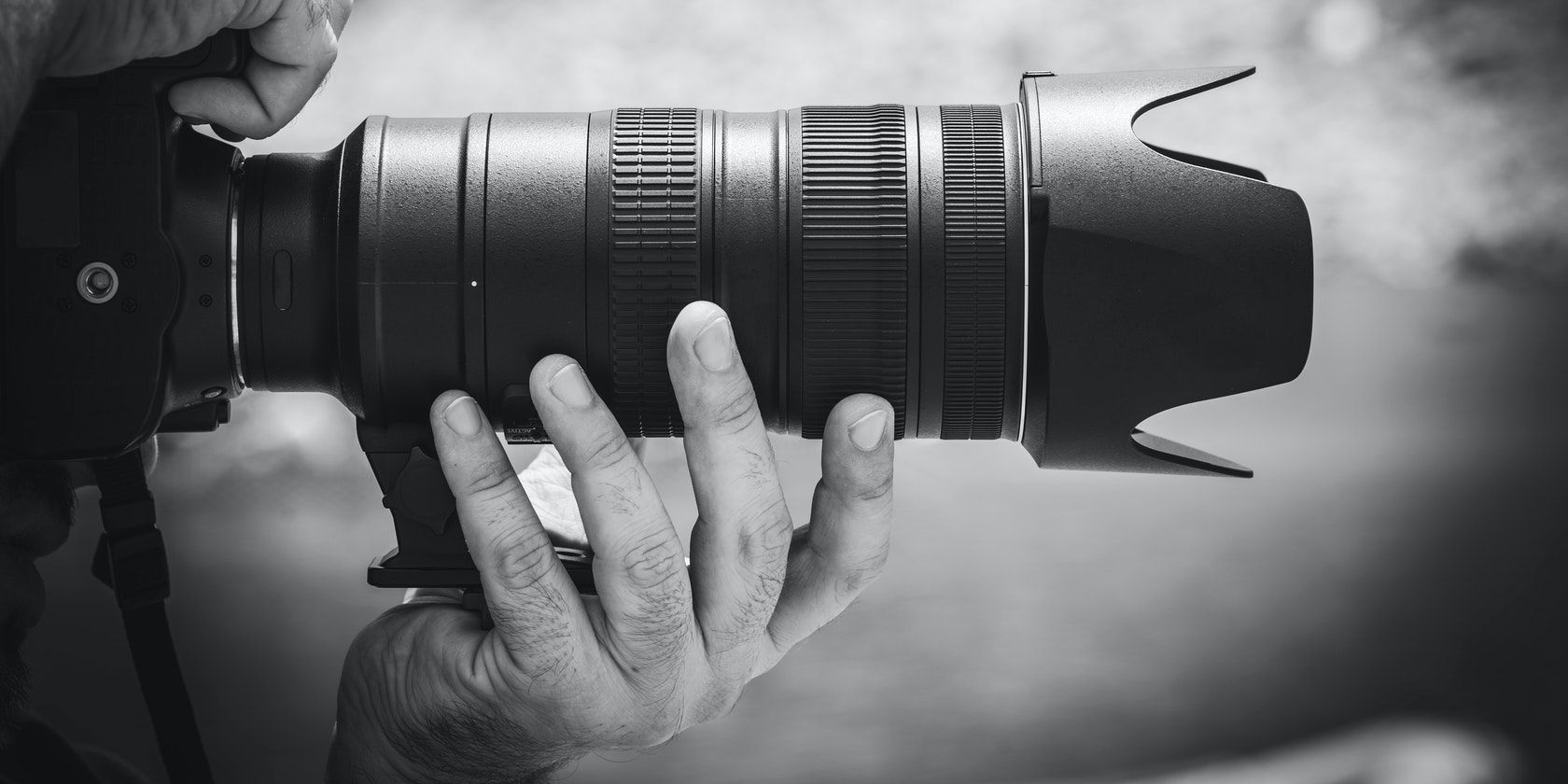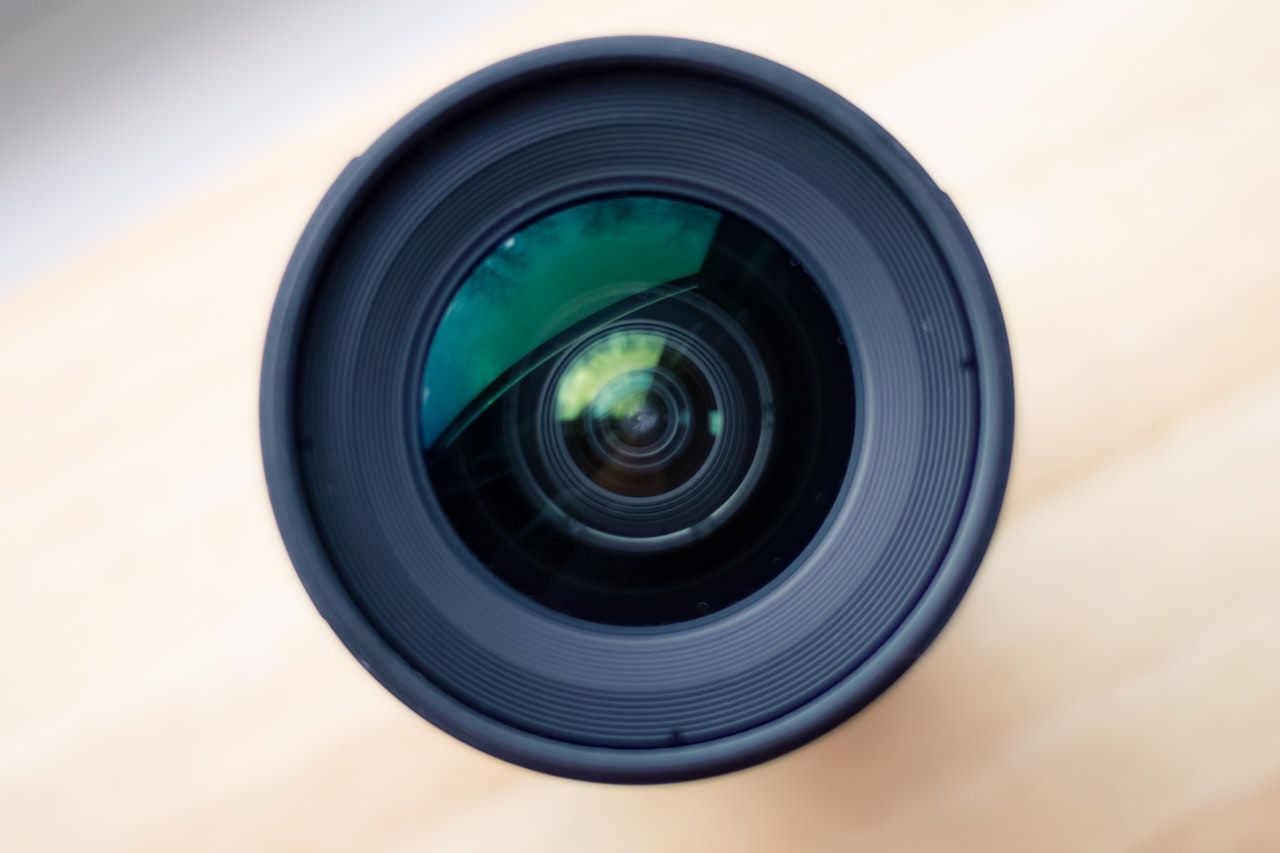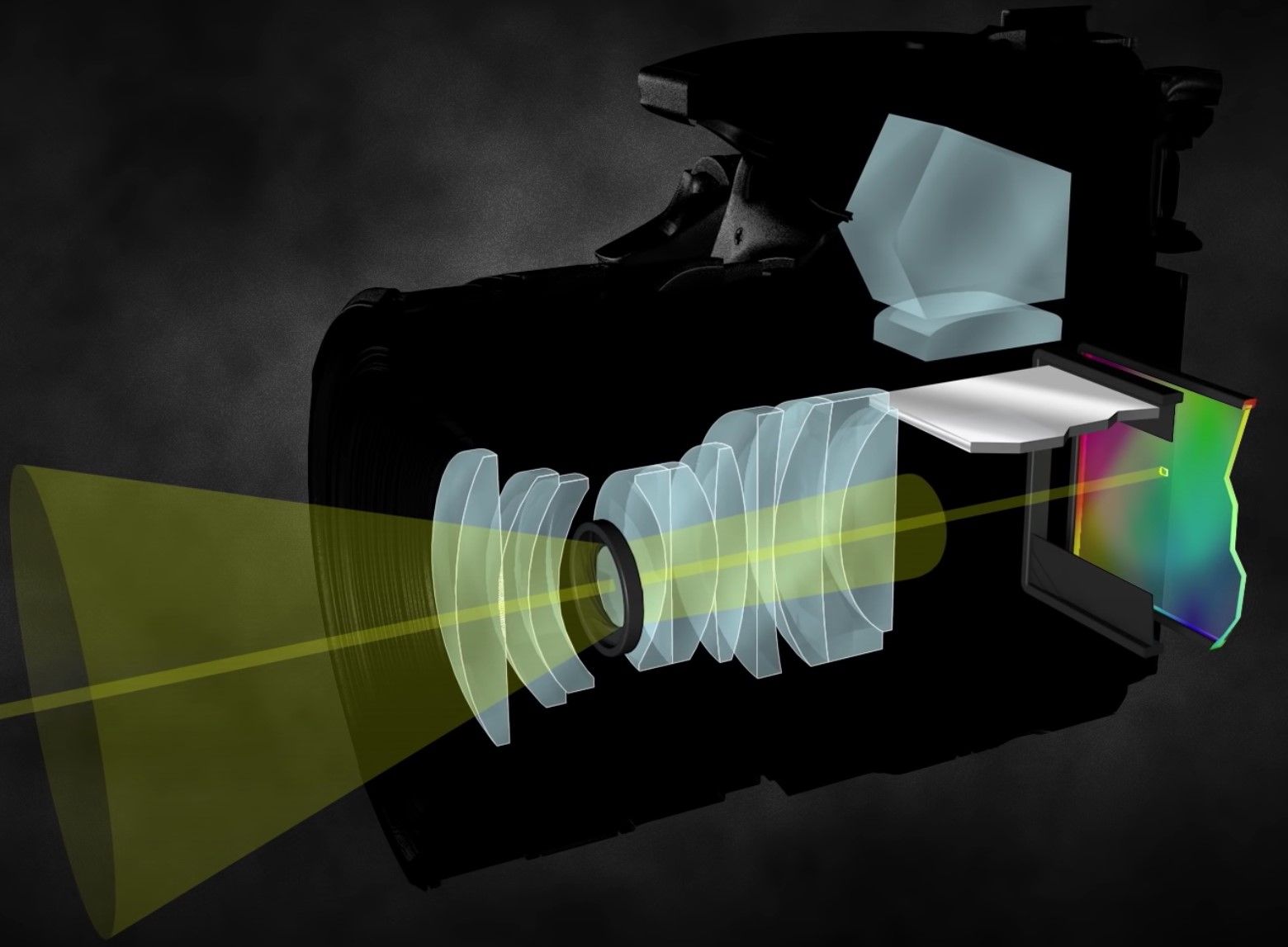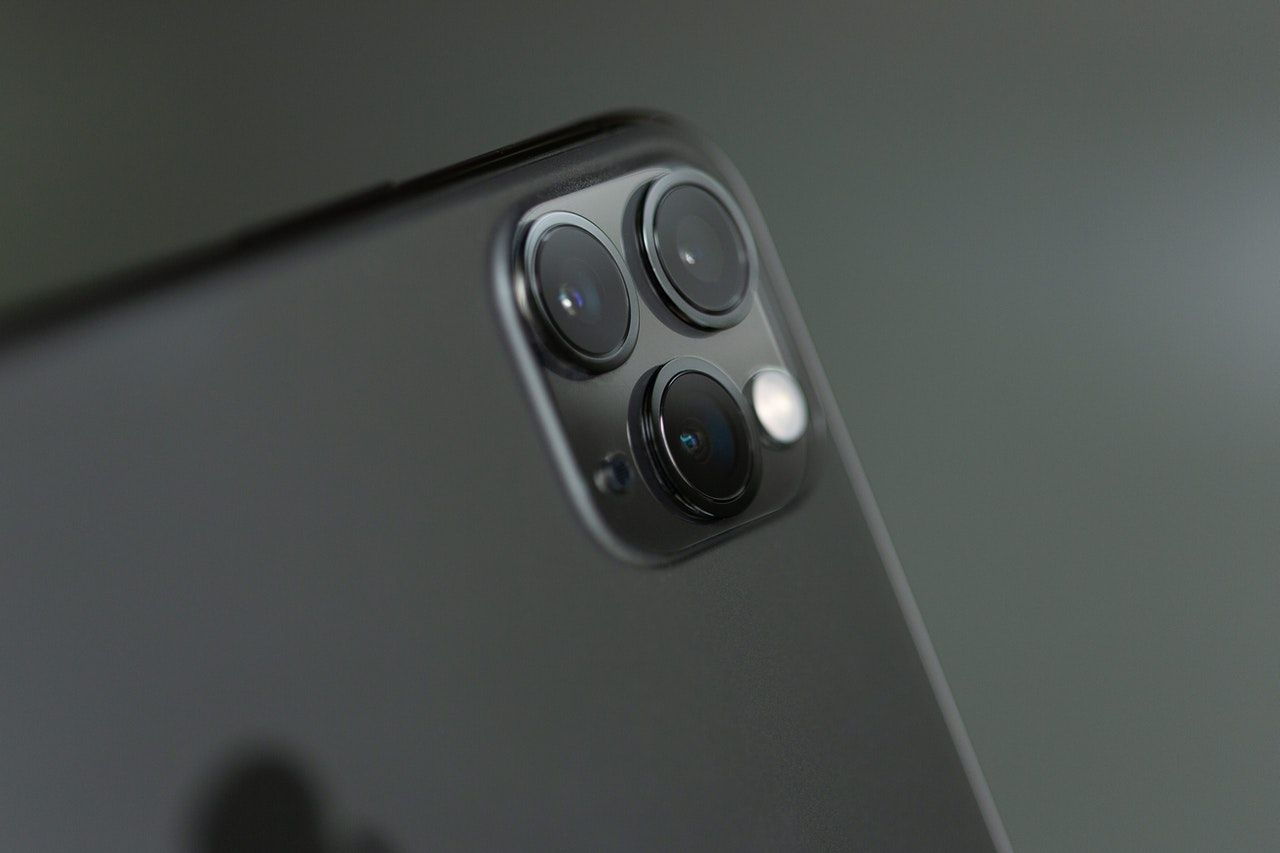Photographers snapped nearly 1.5 trillion pictures in 2019. The importance of cameras cannot be overstated in the 21st century, yet most of us are unaware of how these revolutionary devices work.
So, how does a camera work?
Types of Cameras
Cameras have evolved from being huge devices that required 15 people to operate them to being able to fit in our pockets.
For most people, their smartphone cameras are more than enough to get the job done. But for professionals and enthusiasts, nothing less than an SLR will do.
Today, the most popular types of cameras include:
- SLR (Single Lens Reflex) Cameras: SLR cameras use a single lens for all operations performed while capturing a photo- composition, focusing, and recording. The images recorded by SLRs are captured on film.
- DSLR (Digital Single Lens Reflex) Cameras: Using the same lens type as SLRs, these cameras record the captured image using a digital sensor. The images themselves are stored on a memory card instead of film.
- Digital Cameras: These are point and shoot cameras that capture and record images using a digital sensor. Although the image quality is not on par with a DSLR, they are more portable and less complex to operate.
Types of Lenses
Lenses are an important part of every camera. In some cases, they are more expensive than the camera itself. That's why it's important to know the different types of lenses and what they do.
There are two basic types of lenses: Prime Lenses and Zoom Lenses. While prime lenses have a fixed focal length, zoom lenses contain multiple sub lenses inside them that allow for variable focal lengths. Due to this, prime lenses are cheaper and easier to carry than heavier zoom lenses.
Apart from these, there are some subtypes of lenses that users should be aware of:
- Macro Lenses: These lenses specialize in close-range photography and are mostly used for nature photography. The amount of detail these lenses capture is unparalleled.
- Telephoto Lenses: A Telephoto Lens is used to isolate and capture distant objects at the cost of a narrower field of view. They are most commonly used in sports photography to focus on a single athlete.
- Wide Angle Lenses: Most commonly used in landscape and street photography, wide-angle lenses have a large field of view and focus on everything in the frame.
- Standard Lenses: The most common lens type, a standard lens is a 'Jack of all trades' that allows users to capture wide-angle and zoomed-in photos. But none of it will be done as well as a wide-angle or telephoto lens.
How Does a Camera Work?
Every camera consists of three main elements: an optical element, a capturing element, and a recording element. The full image that users see is the combination of these three. In a standard DSLR camera, the lens, image sensor, and storage constitute the three elements respectively.
Before you understand how cameras work, familiarity with some basic photography terms will prove useful.
Aperture
Lenses have openings that let light in, and aperture is the size of this opening. A wider aperture allows more light to enter, and a smaller one lets in lower amounts of light. To measure aperture, the f-stop terminology is used. F/1.8 is a wide aperture and will let in lots of light, whereas f/22 will let in only a minuscule amount of light.
Wide apertures result in unfocused backgrounds, with the focus being only on the principal object. Narrow apertures, on the other hand, retain the overall sharpness of an image. Aperture also affects how light or dark the final image will be, i.e., the exposure.
Shutter
Usually located behind the lens, the shutter opens and closes to control the amount of light that the sensor receives. Changing the speed of the shutter affects the image in multiple ways. Basically, a longer shutter speed will result in a brighter image, but if anything moves while the shutter is open, that object will become blurry.
Digital and Optical Zoom
There are two methods of zooming in into far away objects- digital zoom and optical zoom. Digital zoom uses software and the camera to zoom in into distant objects, whereas optical zoom adjusts the lens itself to zoom into these objects. Basically, digital zoom is akin to cropping off the edges of an image and enlarging the center.
In optical zoom, however, lenses move to get a 'true zoom' that results in superior quality. All smartphones use digital zoom, whereas DSLRs and SLRs use optical zoom.
Focal Length
Simply put, Focal Length is the distance(in millimeters) between the 'optical center' of the lens and the sensor in a camera. A larger focal length will result in more zoomed-in images and vice versa. Lenses with a longer focal length will have a narrower field of view but stronger magnification than those with shorter focal lengths.
For more details, be sure to read through the photography terms every photographer should know.
The Process of Capturing an Image
This is how a modern camera captures an image:
- When the user gives the capture command, the light that bounces off from the scene in front of the camera is received by it.
- The light is then focused on a single point. The size of this depends on your aperture.
- The light travels through the lens until it reaches the shutter, which opens to reveal the sensor behind it. Most cameras today use a Charge-coupled Device (CCD) or a Complementary metal-oxide-semiconductor (CMOS) sensor.
- The sensor then detects the different colors and converts them into the final image file that we see.
If you're looking to improve your photography skills, these key photography tips may come in handy.
How Does a Smartphone Capture an Image?
Smartphone cameras are becoming increasingly advanced, but there is one major difference between them and DSLRs. Due to space constraints, smartphones have an electronic shutter (e-shutter) instead of the traditional mechanical shutter.
When you capture an image using a smartphone, your device tells the sensor to record the image for a specific time. Features such as low-light photo mode and optical image stabilization are all down by the software in your phone. These are done by manipulating the shutter speed.
Cameras are Simple
While there are multiple variables controlling how a picture is gonna turn out, the camera is by far the most important one. That is why it's essential to know how they work so you can use this knowledge to take better photos.




